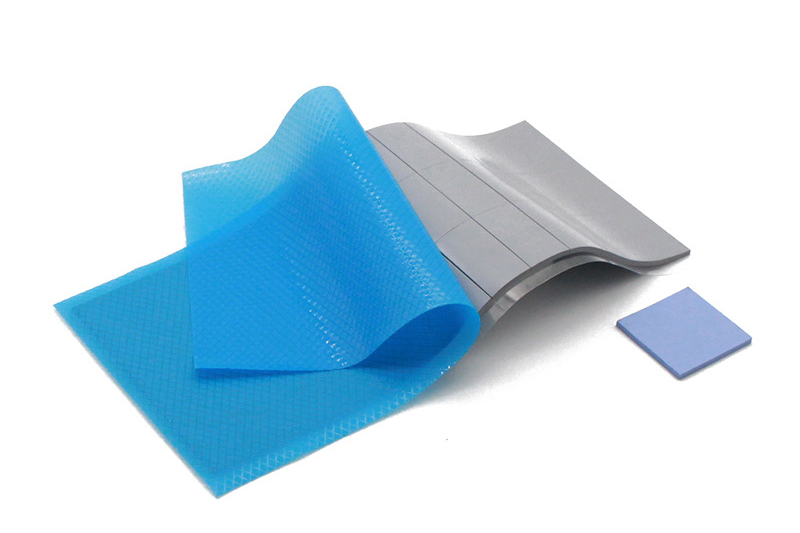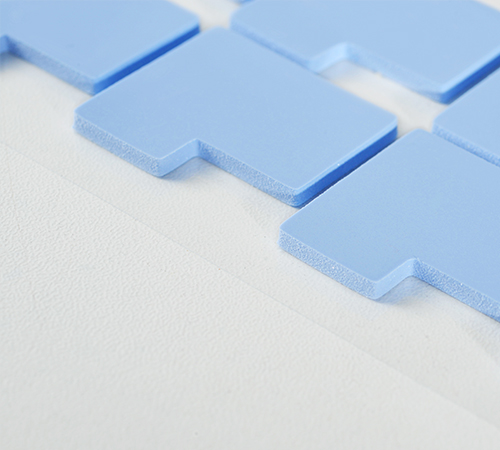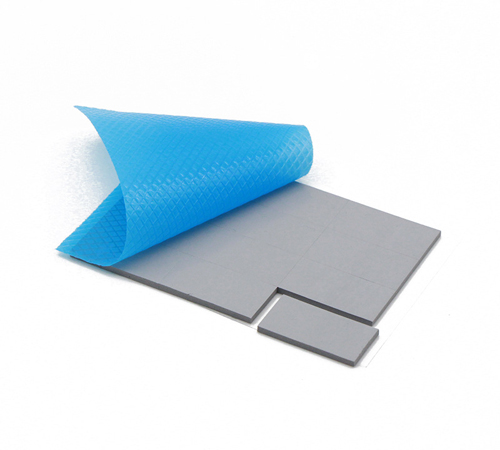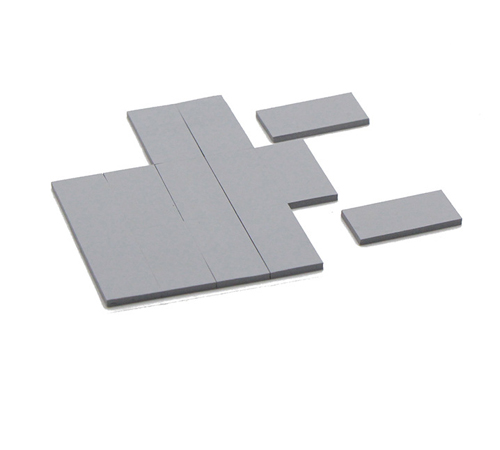
Thermal pads are a critical component in the realm of electronics, playing a pivotal role in managing heat dissipation within devices. As electronic components become increasingly powerful and compact, efficient thermal management solutions like thermal pads are essential to ensure reliable performance and longevity. This article delves into the workings of thermal pads, exploring their material properties, application methods, and the science behind their effectiveness in thermal management.
Introduction to Thermal Pads
Thermal pads, also known as thermal interface materials (TIMs), are materials designed to enhance the transfer of heat between two surfaces. In electronic devices, these surfaces are typically a heat-generating component, such as a CPU or GPU, and a heat sink or other cooling apparatus. Thermal pads fill the microscopic air gaps between these surfaces, which, if left unaddressed, would impede efficient heat transfer due to the low thermal conductivity of air.
Material Composition and Properties
Thermal pads are usually composed of a polymer matrix filled with thermally conductive materials such as metal oxides, graphite, or ceramic particles. The choice of filler materials directly influences the thermal conductivity of the pad.
Common Filler Materials
1. Metal Oxides: These include aluminum oxide, zinc oxide, and others that offer moderate to high thermal conductivity.
2. Graphite: Known for its excellent thermal conductivity and flexibility, making it suitable for applications requiring higher thermal performance.
3. Ceramics: Materials like boron nitride or aluminum nitride provide good thermal conductivity and electrical insulation.
The polymer matrix provides structural integrity and flexibility, allowing the pad to conform to irregular surfaces and maintain contact under varying thermal expansion and mechanical stress conditions.
Mechanism of Heat Transfer
The primary function of thermal pads is to facilitate the efficient transfer of heat from the hot component to the heat sink. This process involves conduction, where heat moves through the thermal pad material due to the temperature gradient.
Conduction Process
1. Contact Resistance Reduction: By filling the air gaps, thermal pads reduce the thermal contact resistance between the surfaces.
2. Thermal Path Creation: The thermally conductive fillers within the pad create a direct path for heat to flow from the component to the heat sink.
The effectiveness of a thermal pad is determined by its thermal conductivity, thickness, and the quality of the interface it creates.
Application Methods
Thermal pads are available in various thicknesses and formats, including sheets, pre-cut shapes, and rolls. The application involves:
1. Surface Preparation: Both surfaces should be clean and free from debris to ensure optimal contact.
2. Pad Placement: The pad is placed directly on the component, ensuring complete coverage of the area needing thermal management.
3. Compression: Upon assembly, the pressure exerted by the mounting mechanism compresses the pad, improving contact and reducing thermal resistance.
Advantages and Limitations
Advantages
1. Ease of Use: Thermal pads are straightforward to apply, requiring no curing time or special handling.
2. Flexibility: They conform well to uneven surfaces, ensuring good contact even with minor surface irregularities.
3. Reusability: Many thermal pads can be removed and reapplied without significant degradation in performance.
Limitations
1. Performance: While effective, thermal pads generally offer lower thermal conductivity compared to thermal greases or liquid metals.
2. Thickness Constraints: The thermal resistance increases with the thickness of the pad, which can limit their use in applications requiring very high thermal performance.
Conclusion
Thermal pads play an indispensable role in the thermal management of electronic devices, bridging the gap between heat-generating components and cooling solutions. Their ease of use, flexibility, and ability to reduce thermal contact resistance make them a popular choice in a wide range of applications. However, their performance is inherently limited by material properties and thickness, necessitating careful consideration in high-performance applications. Understanding the intricacies of thermal pad materials and their application methods enables engineers to optimize thermal management strategies, ensuring the reliable operation of electronic devices in an increasingly demanding technological landscape.

 CN >
CN >



